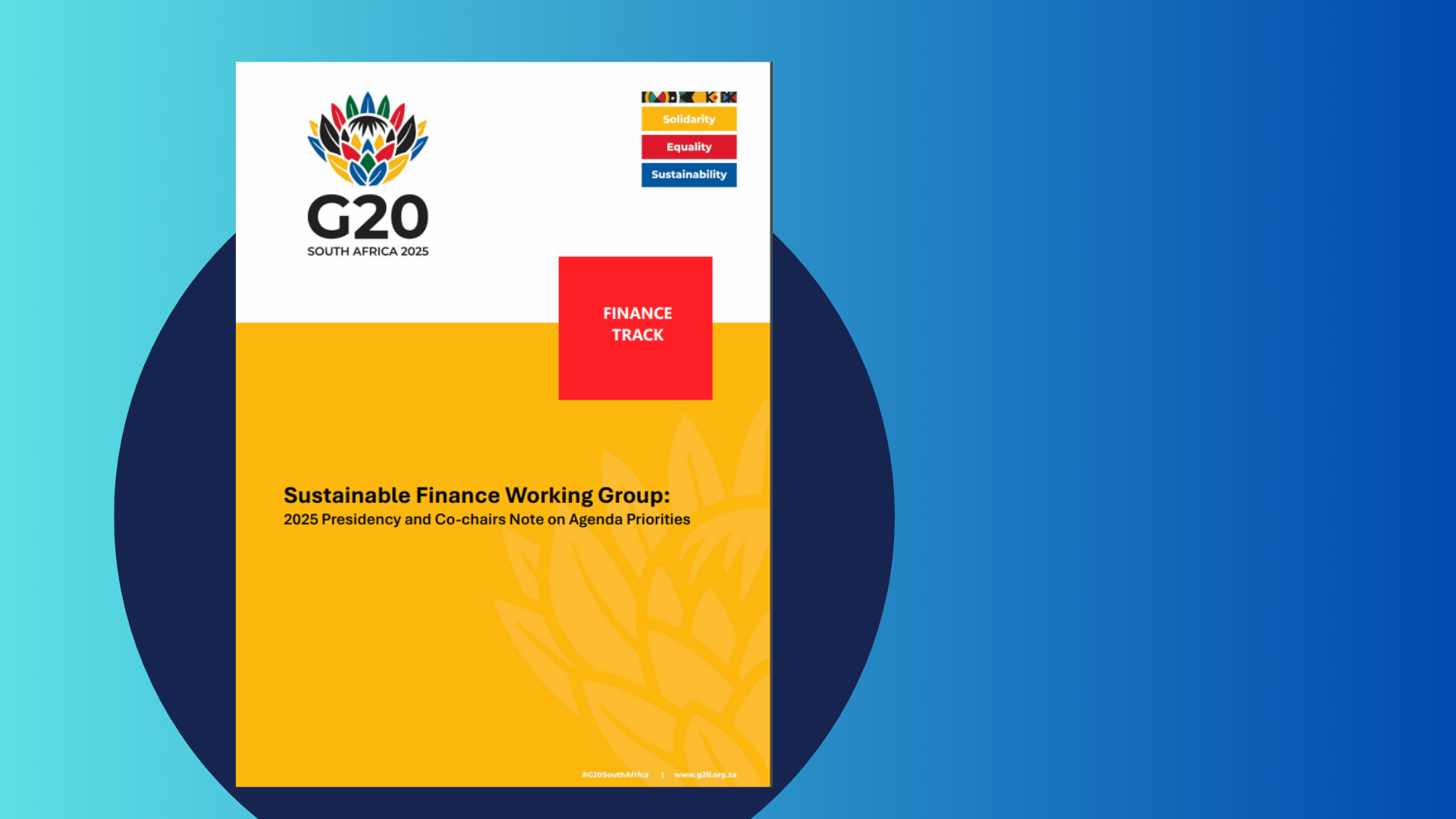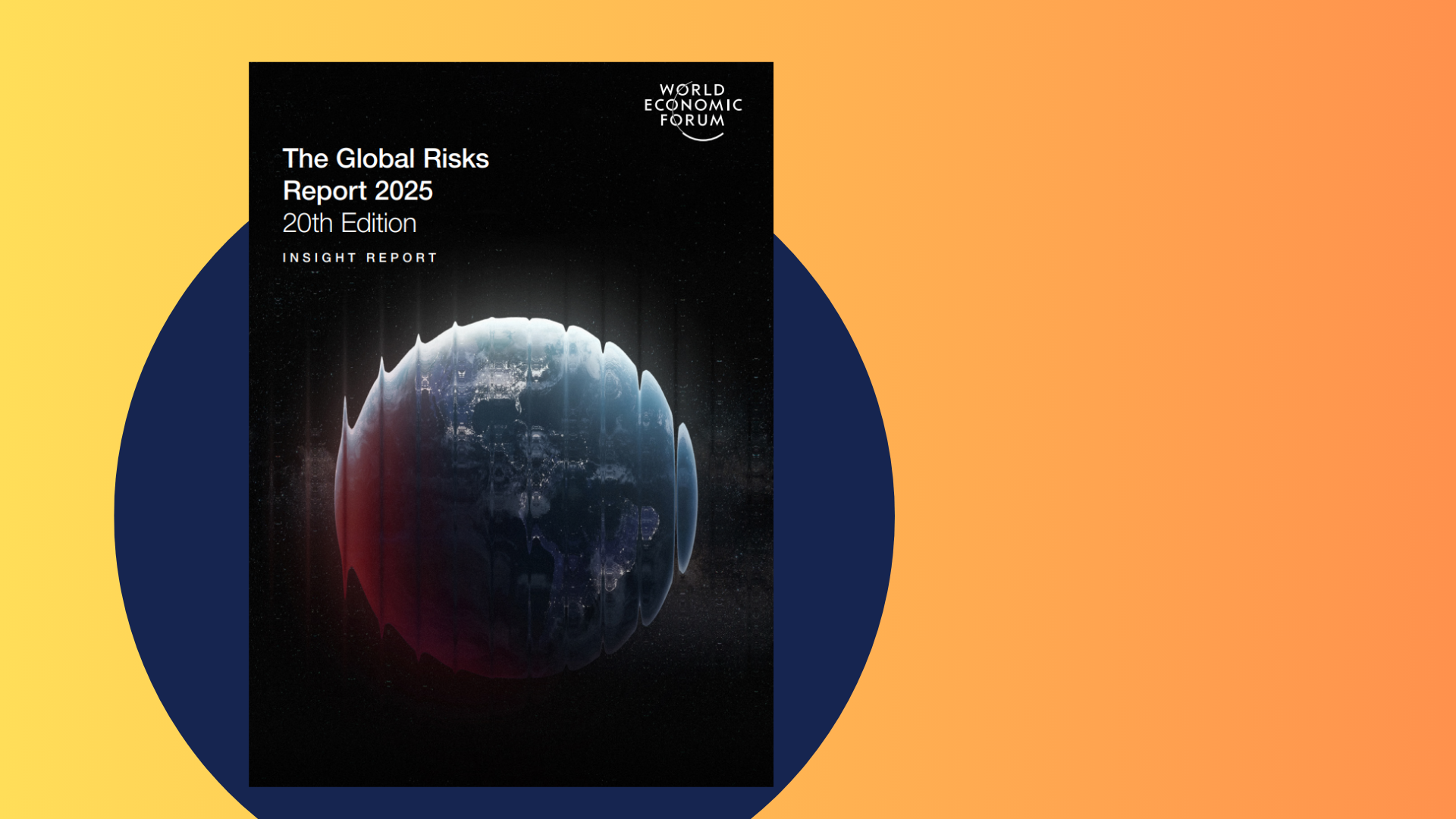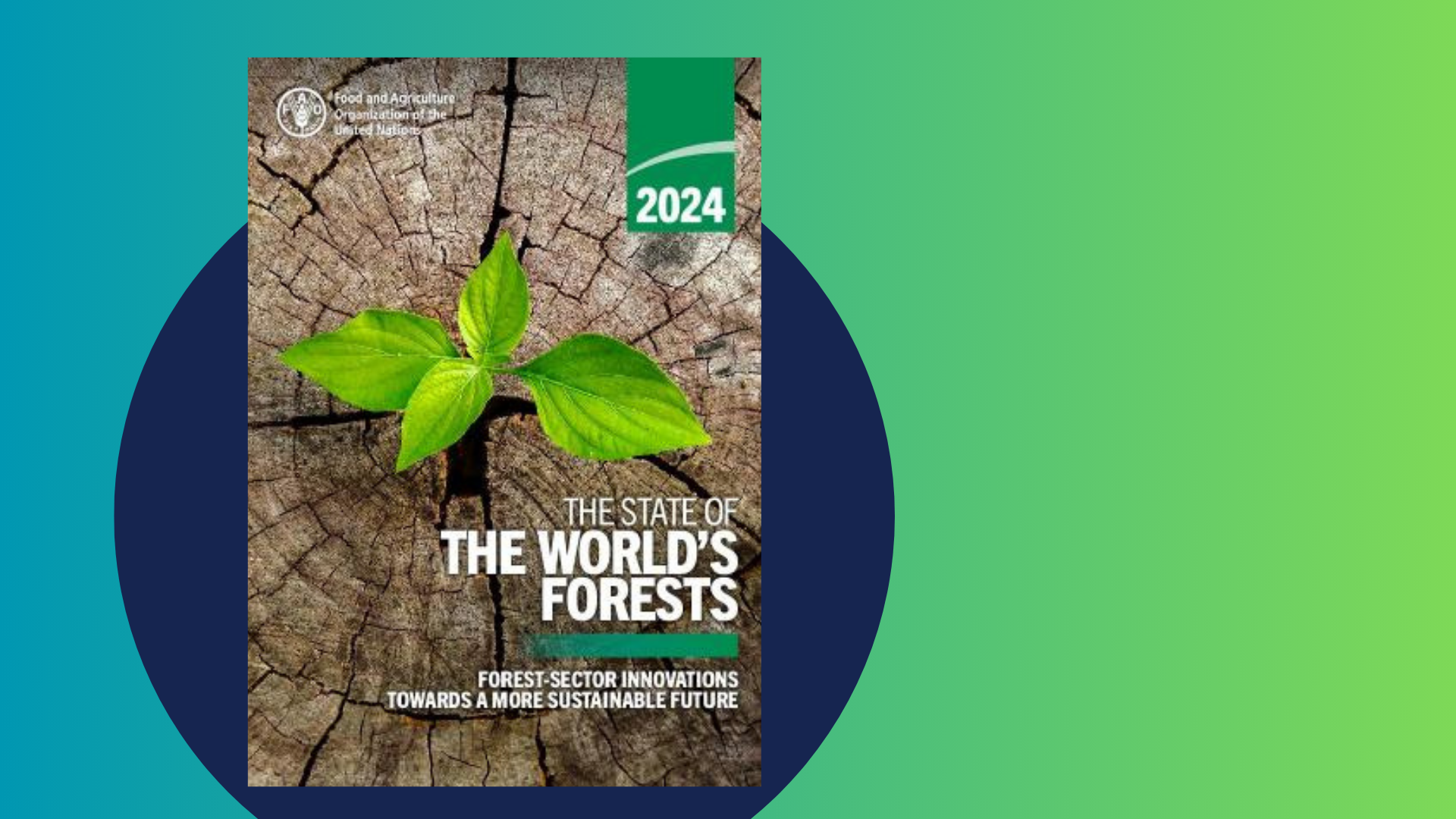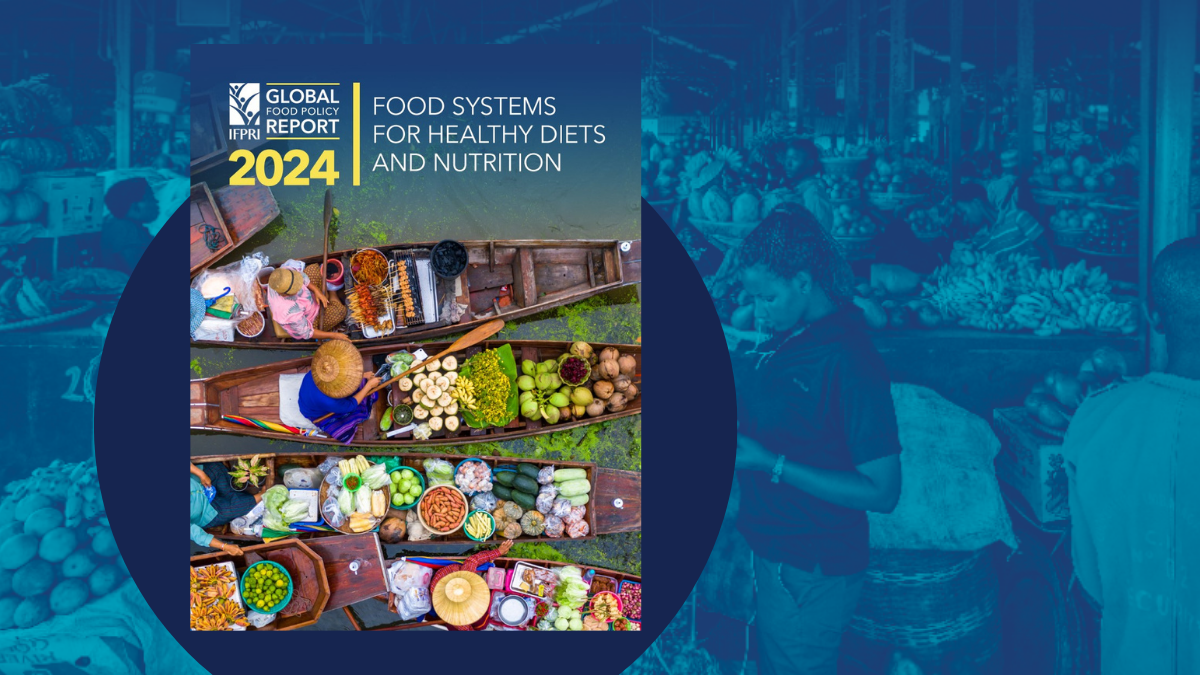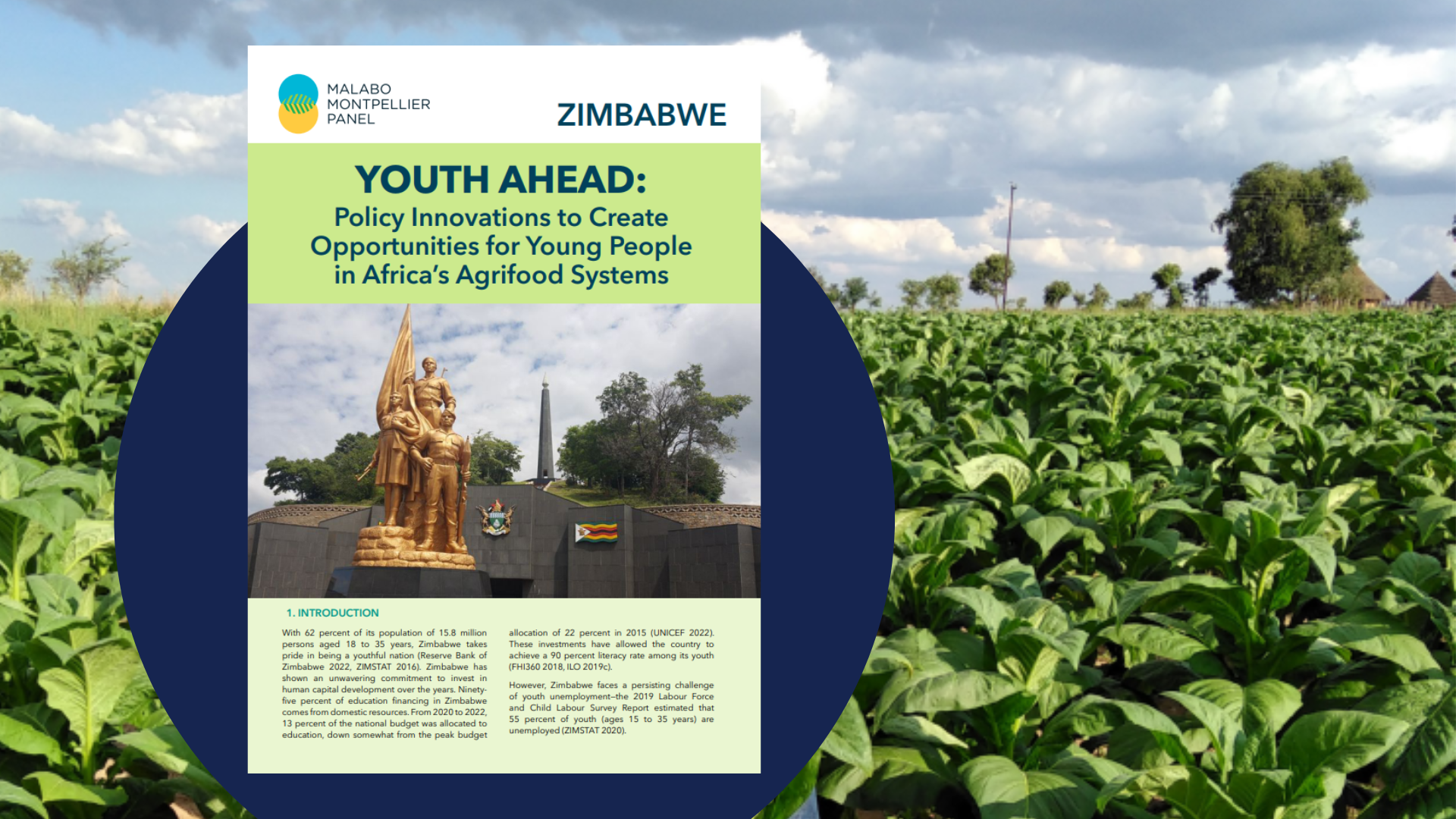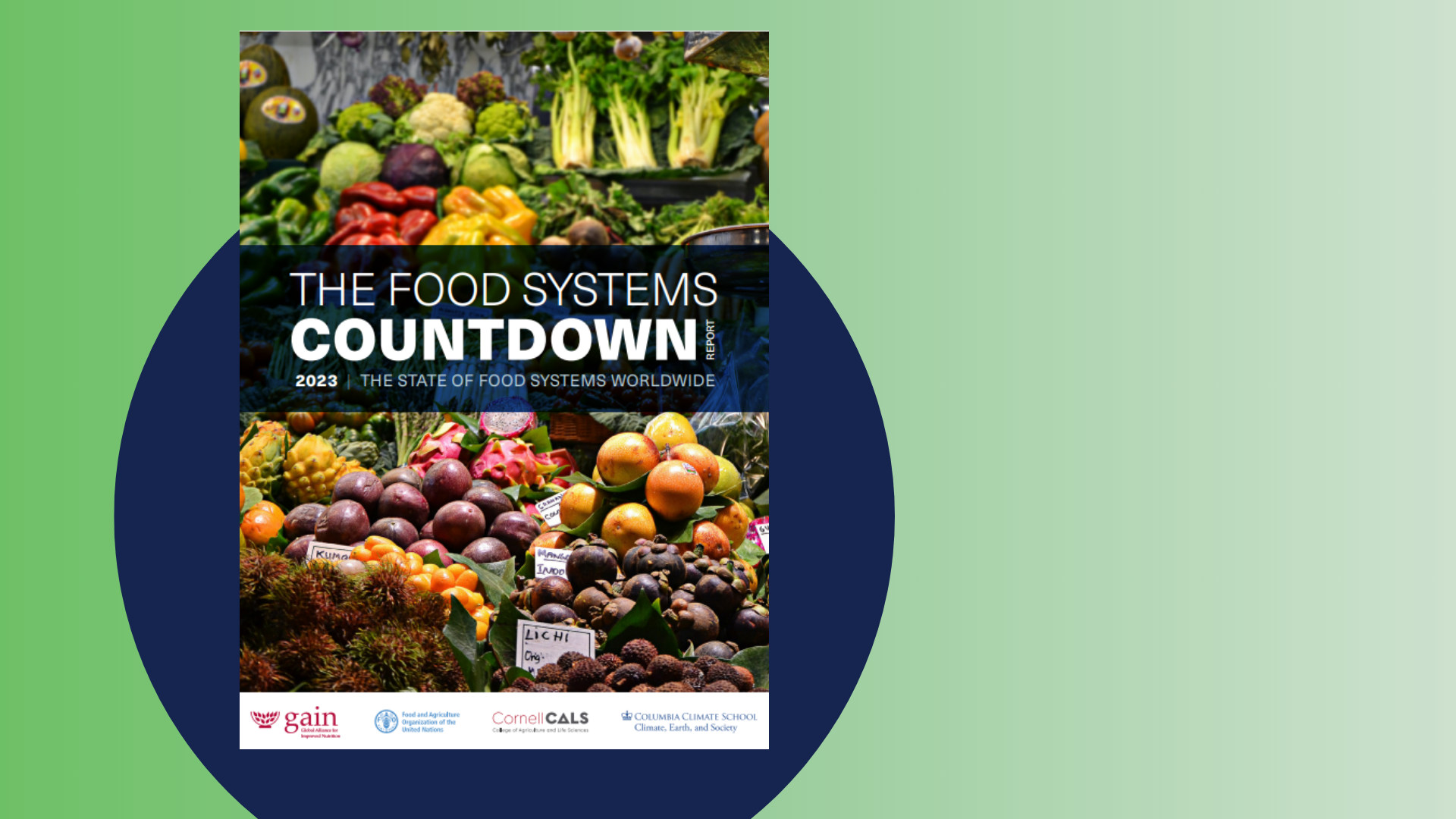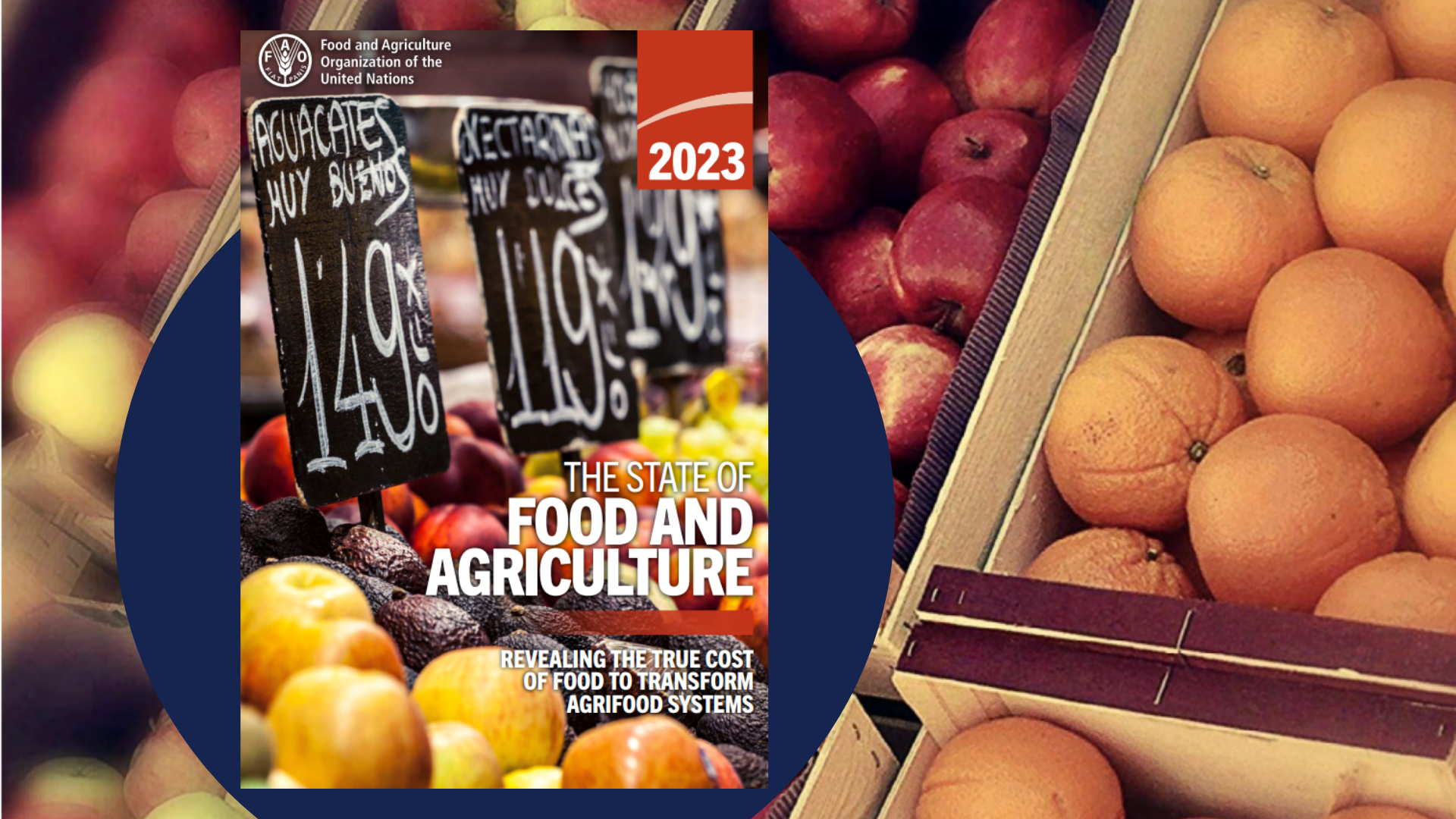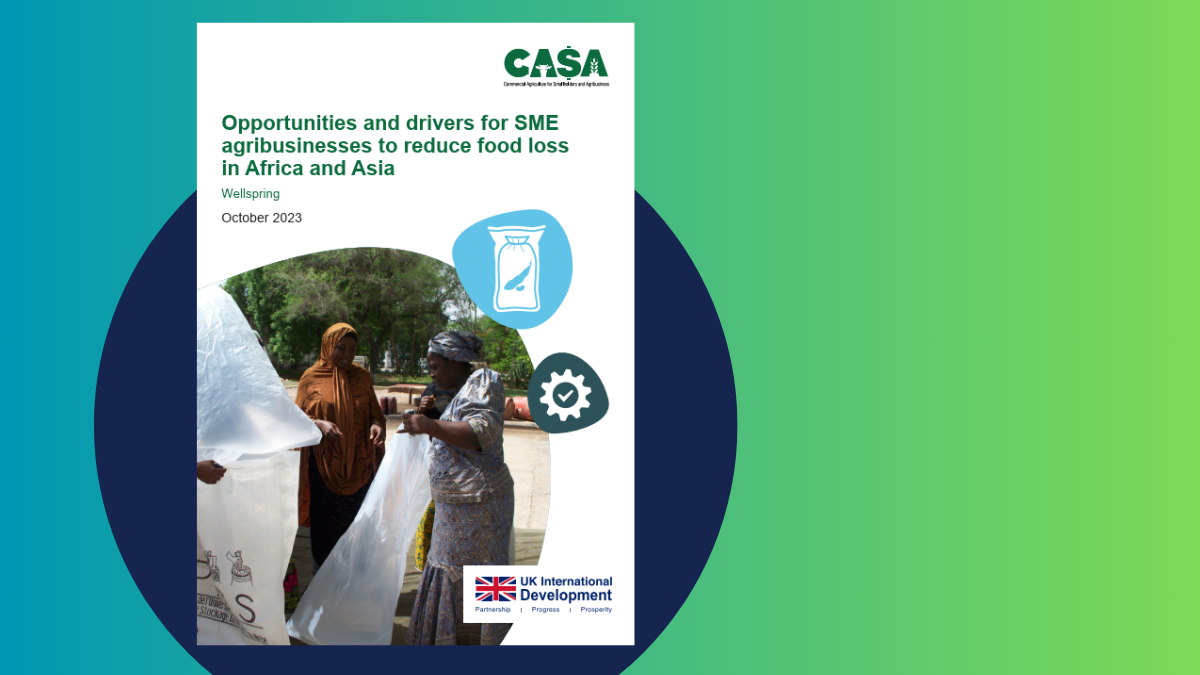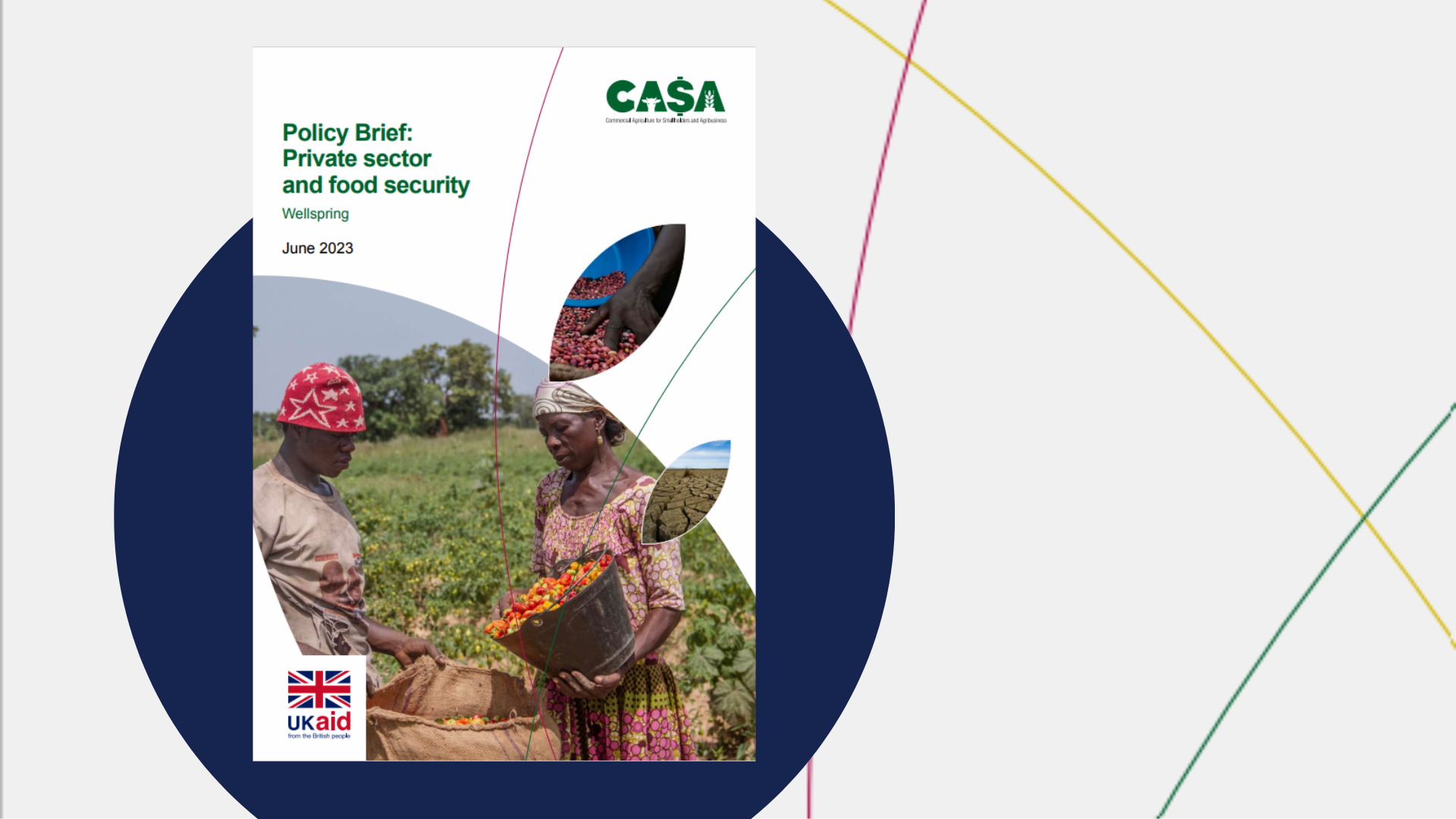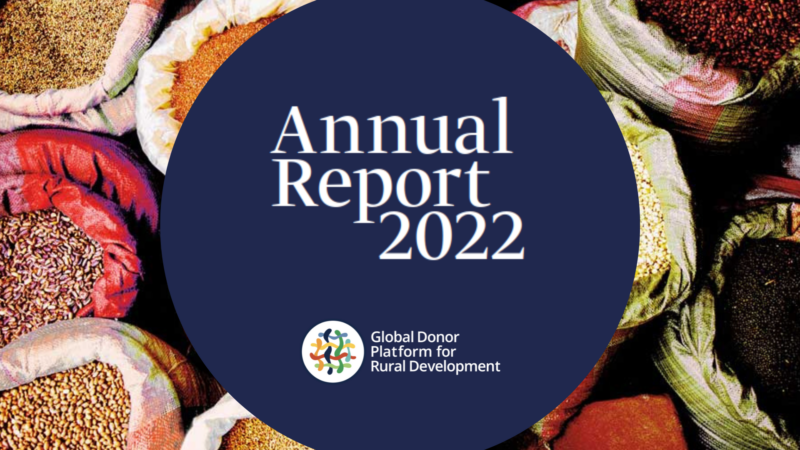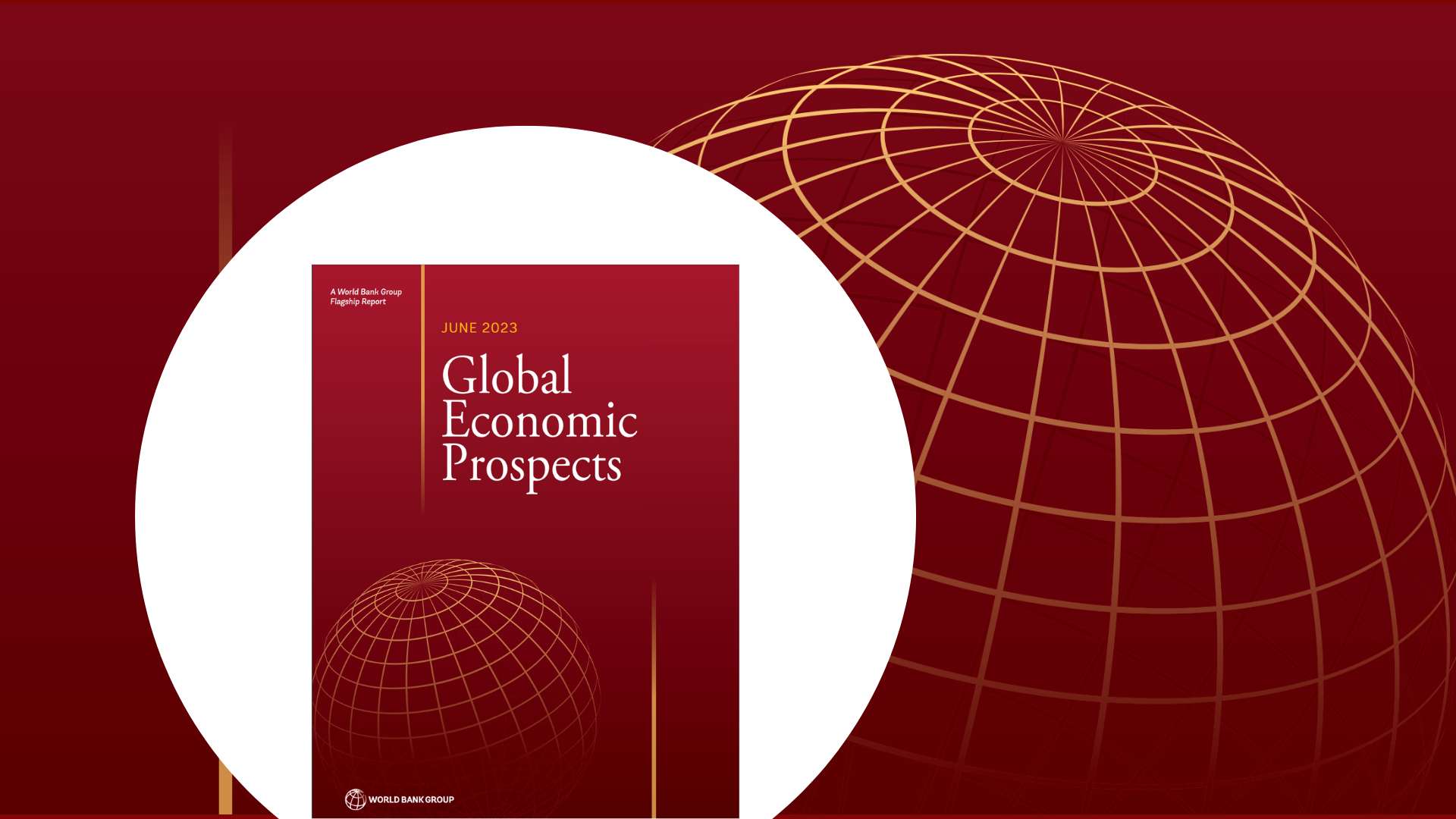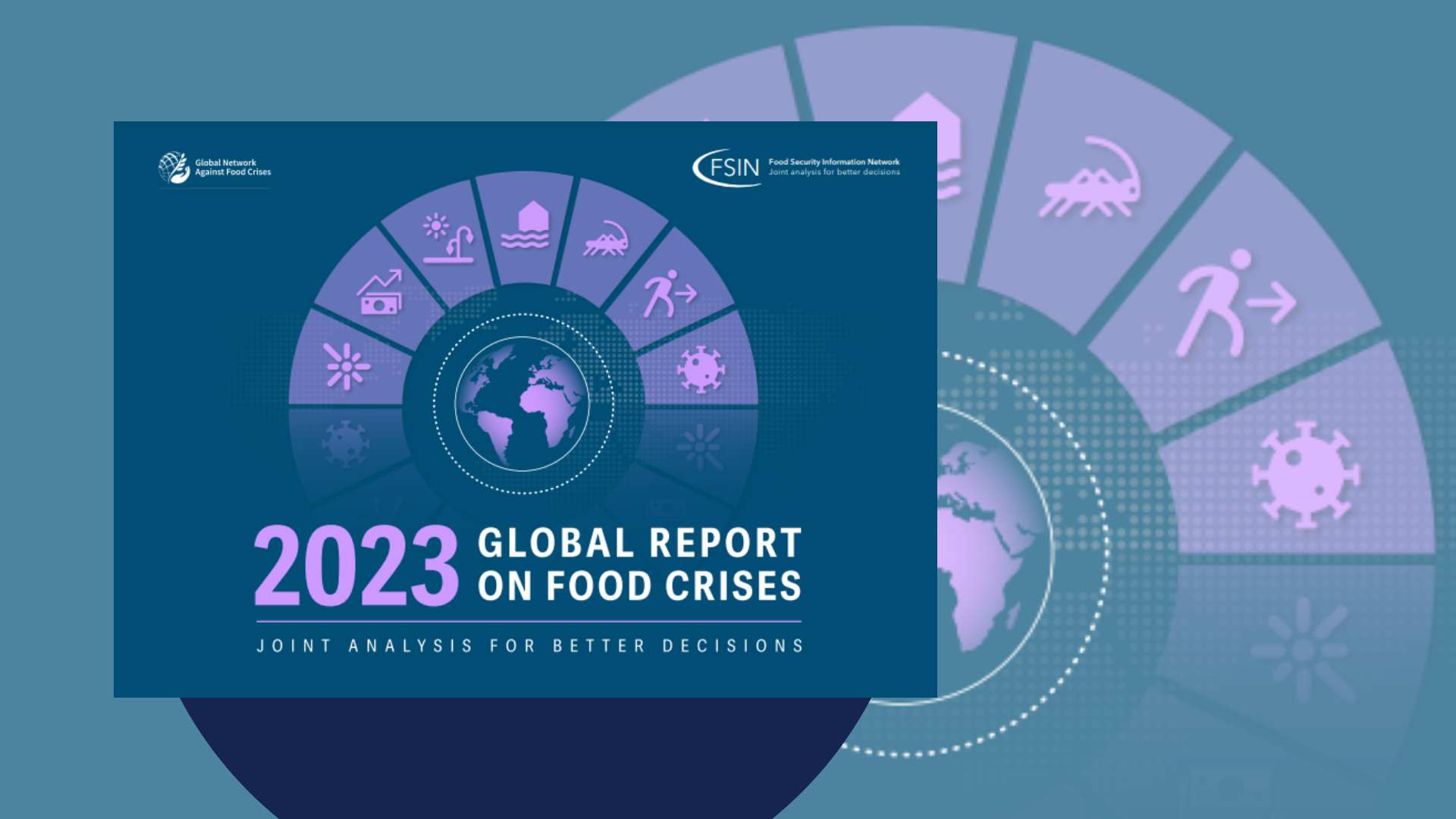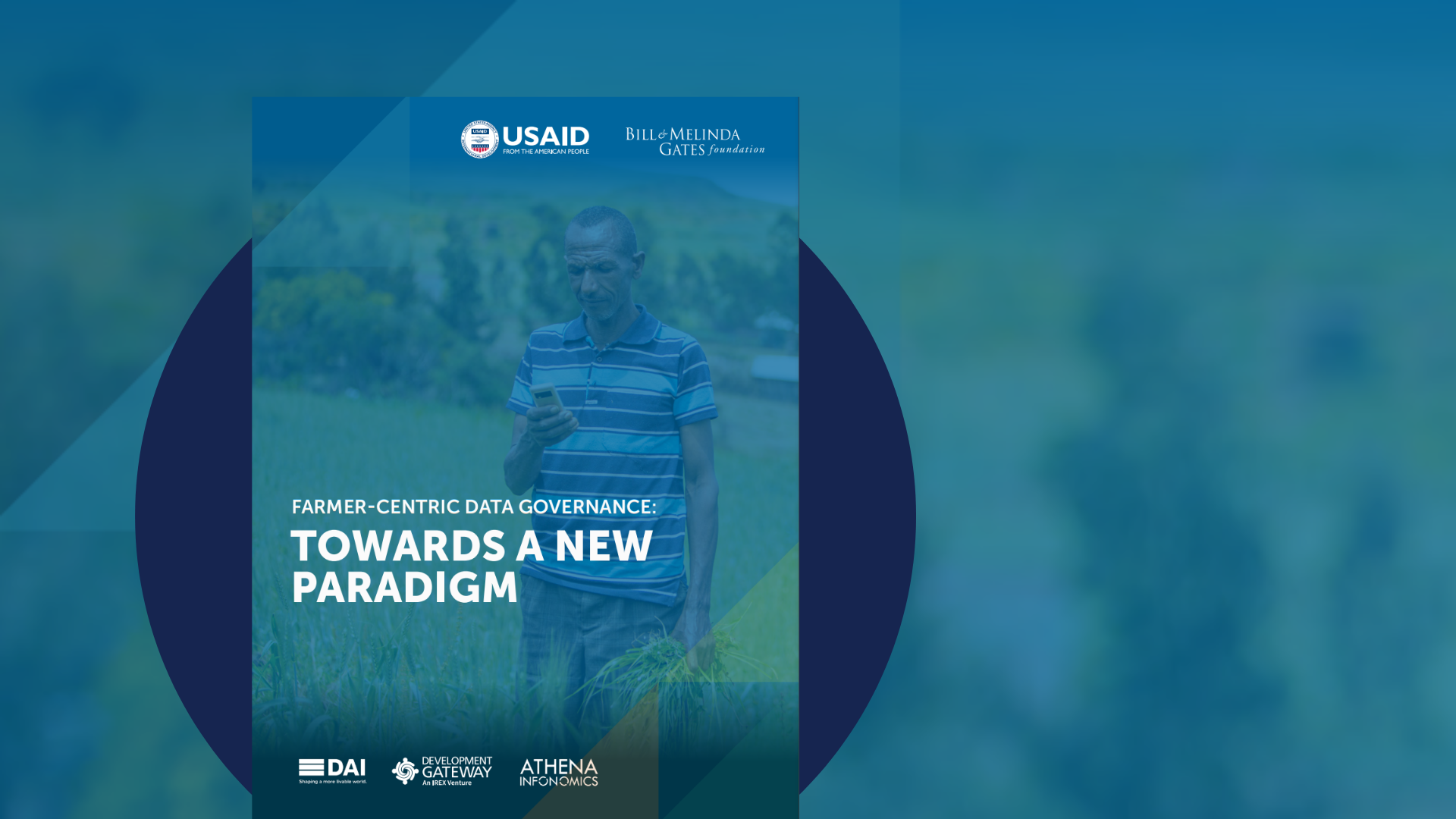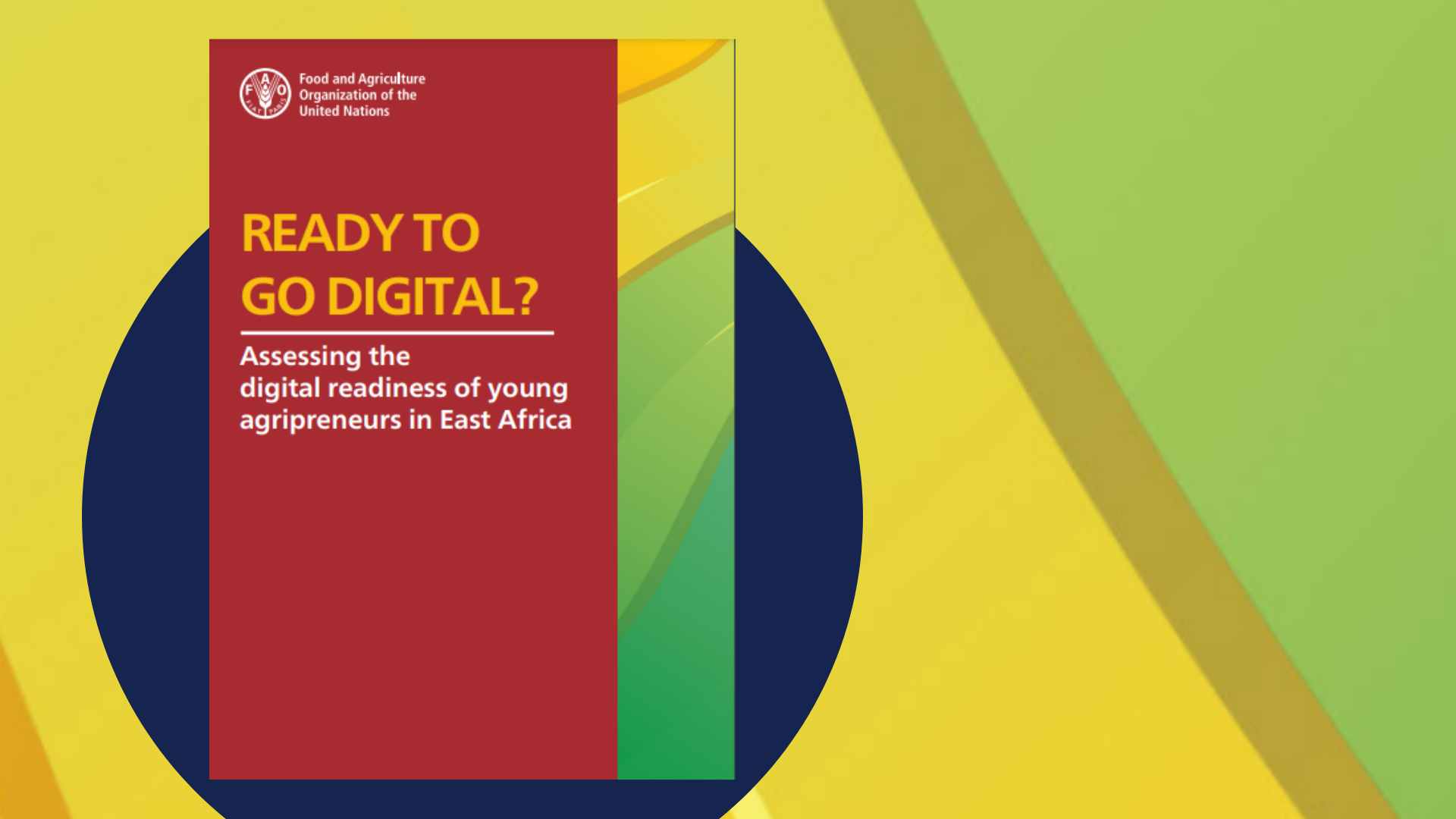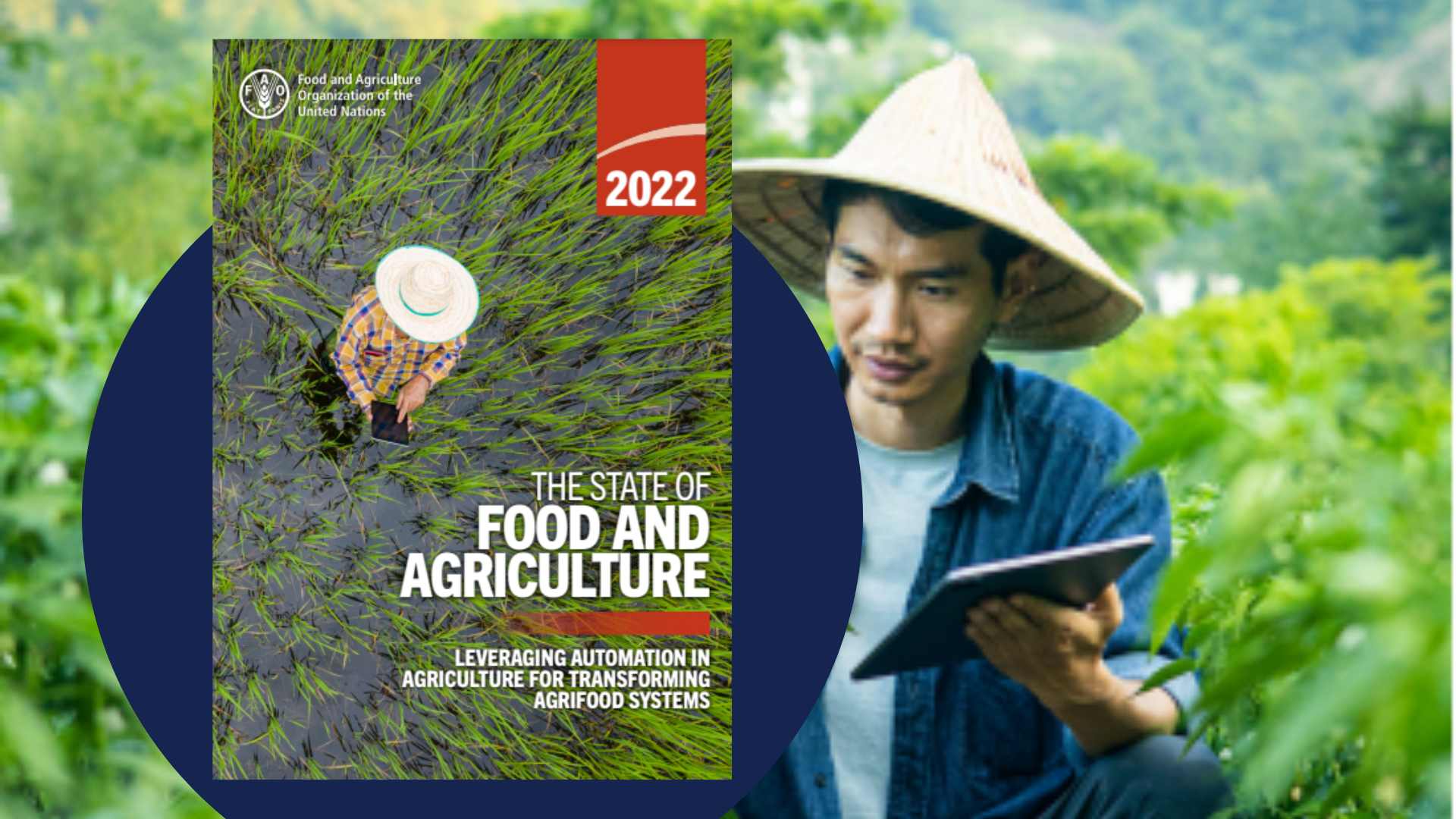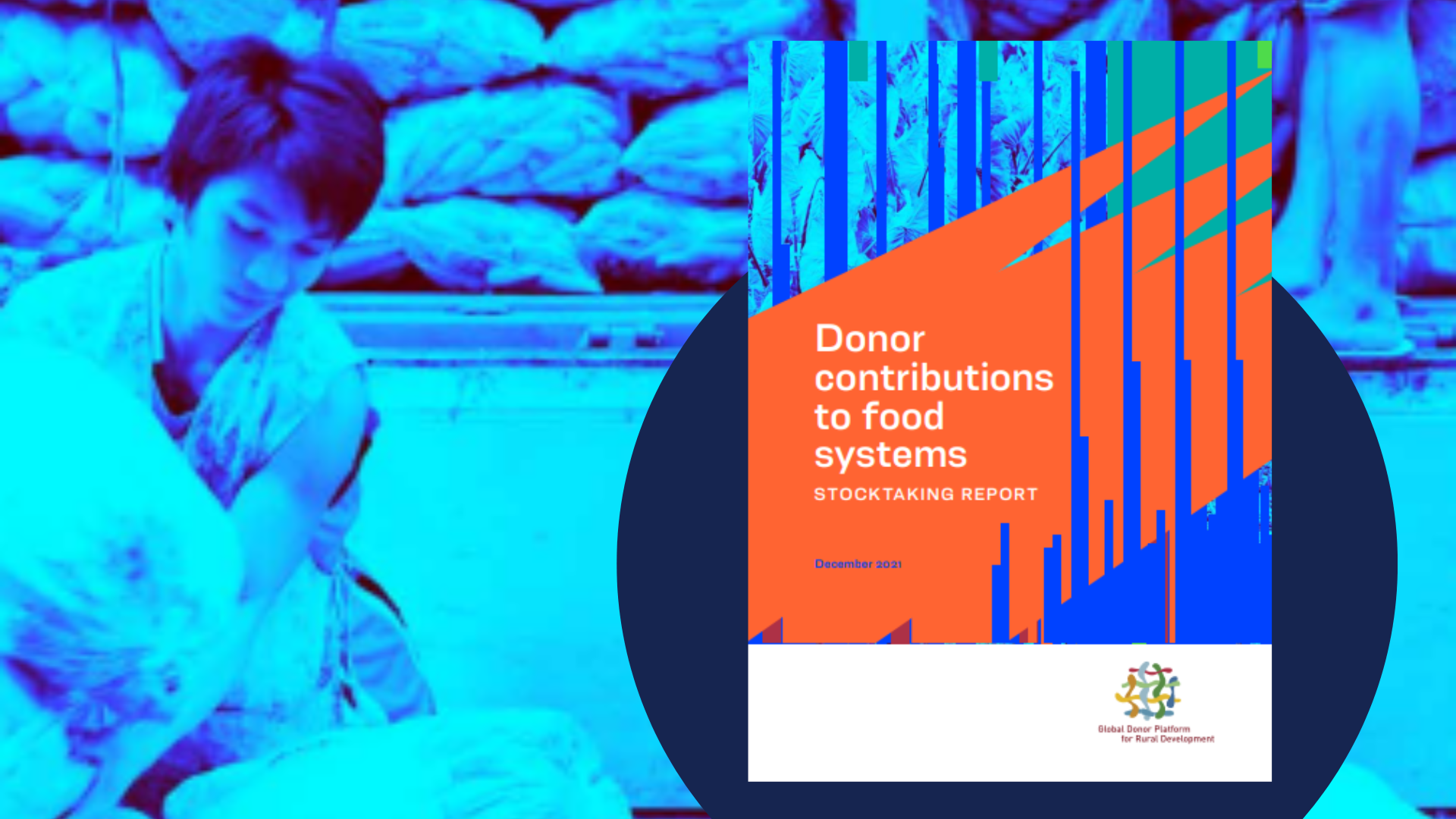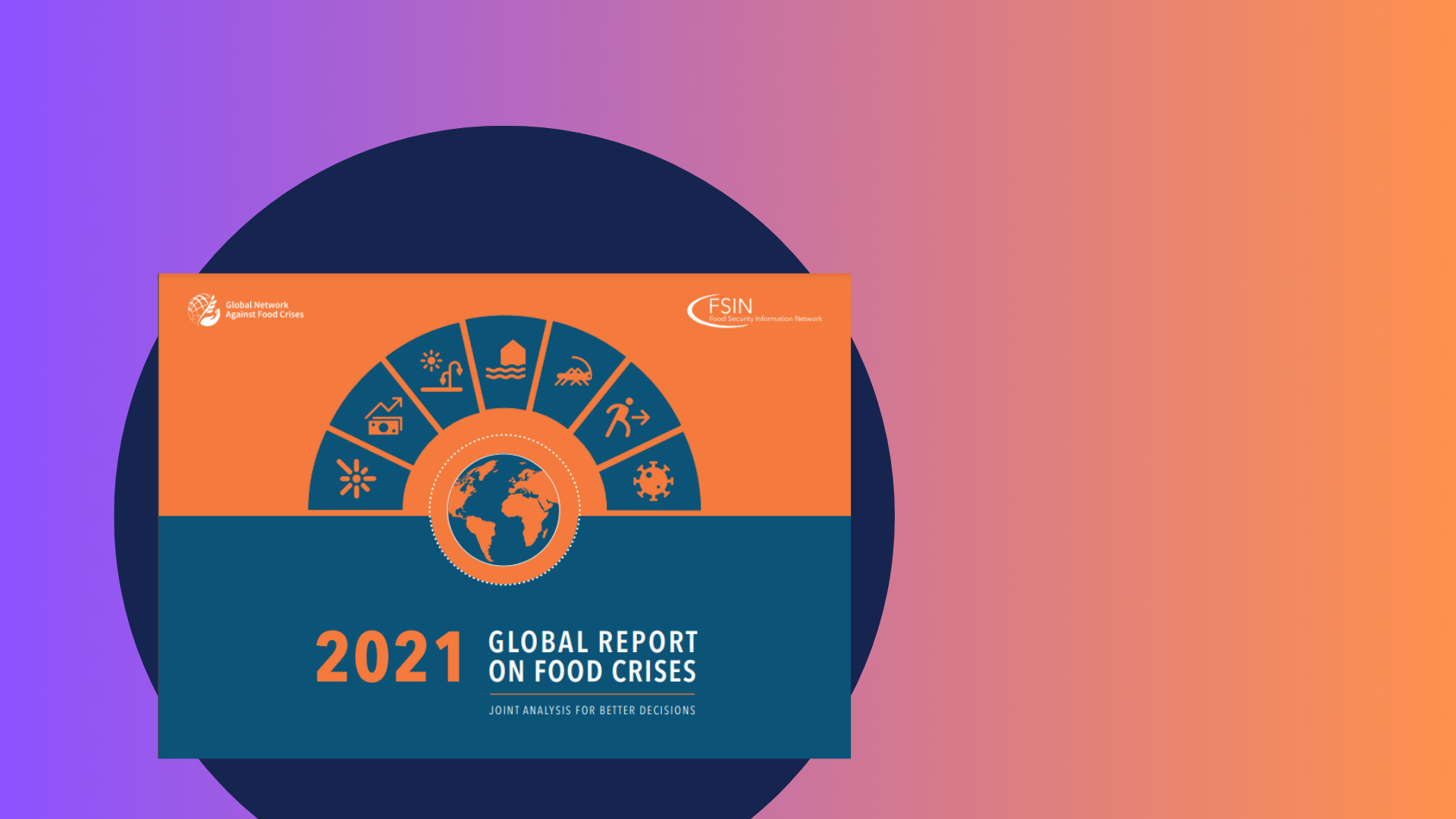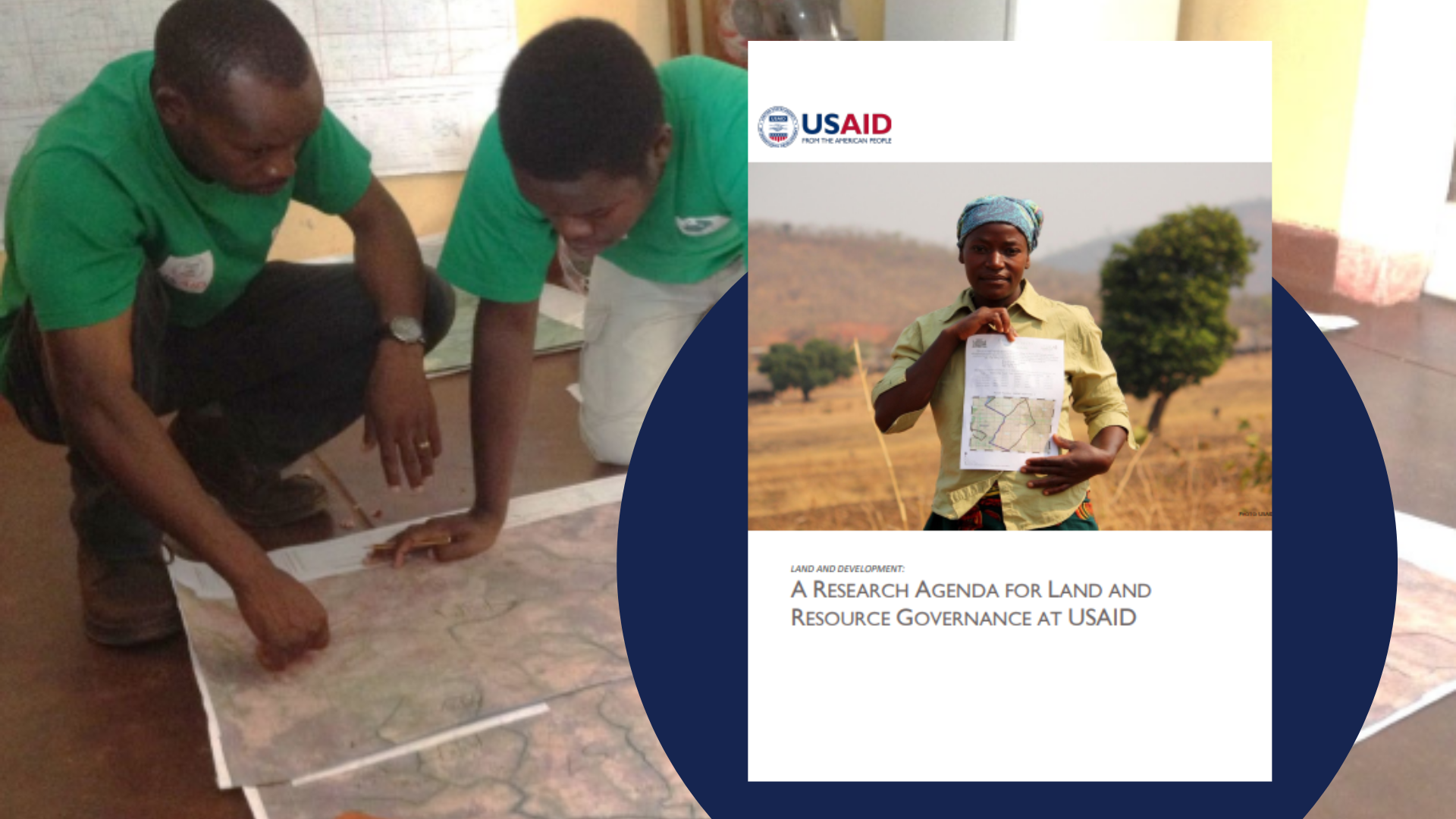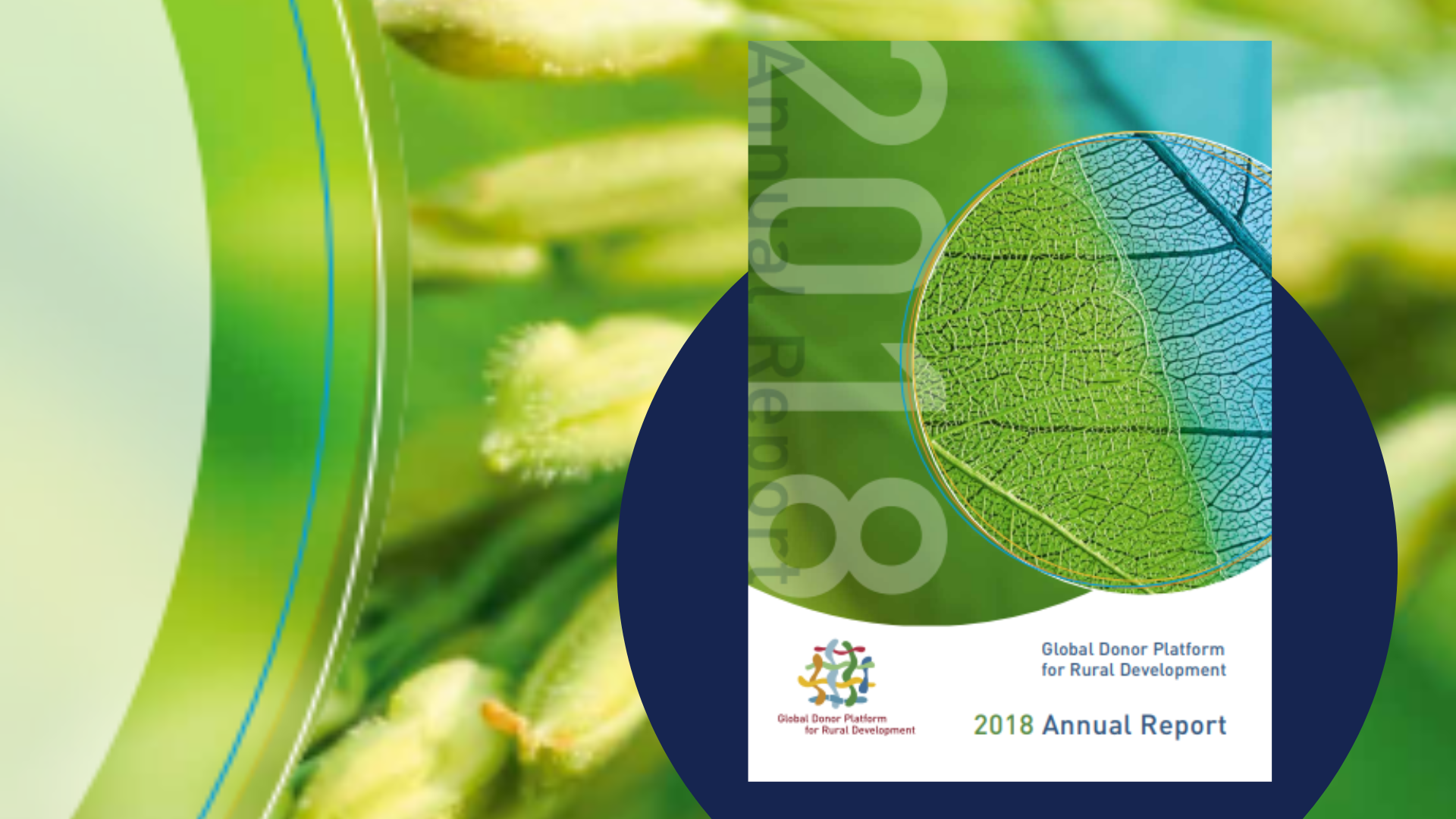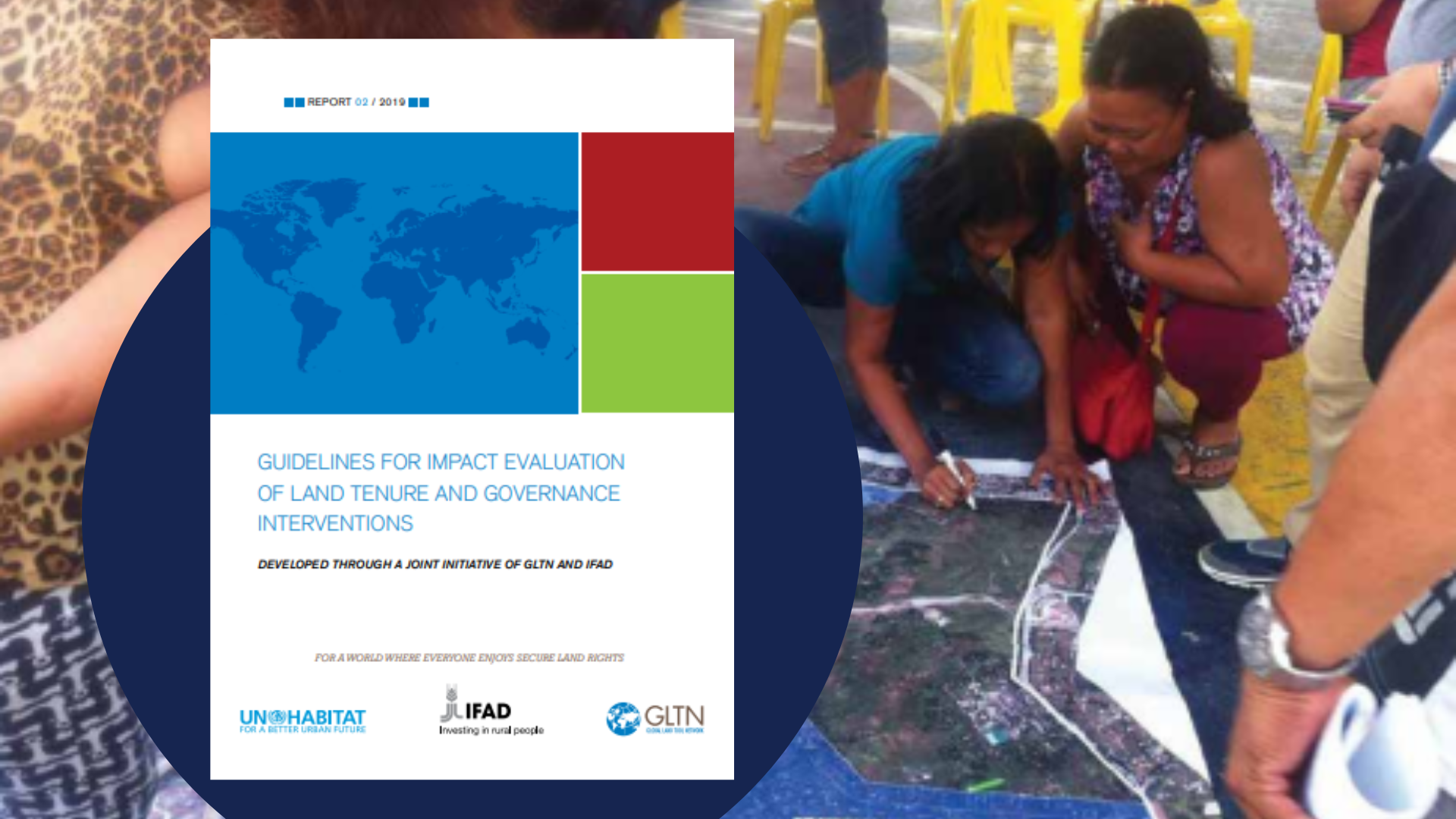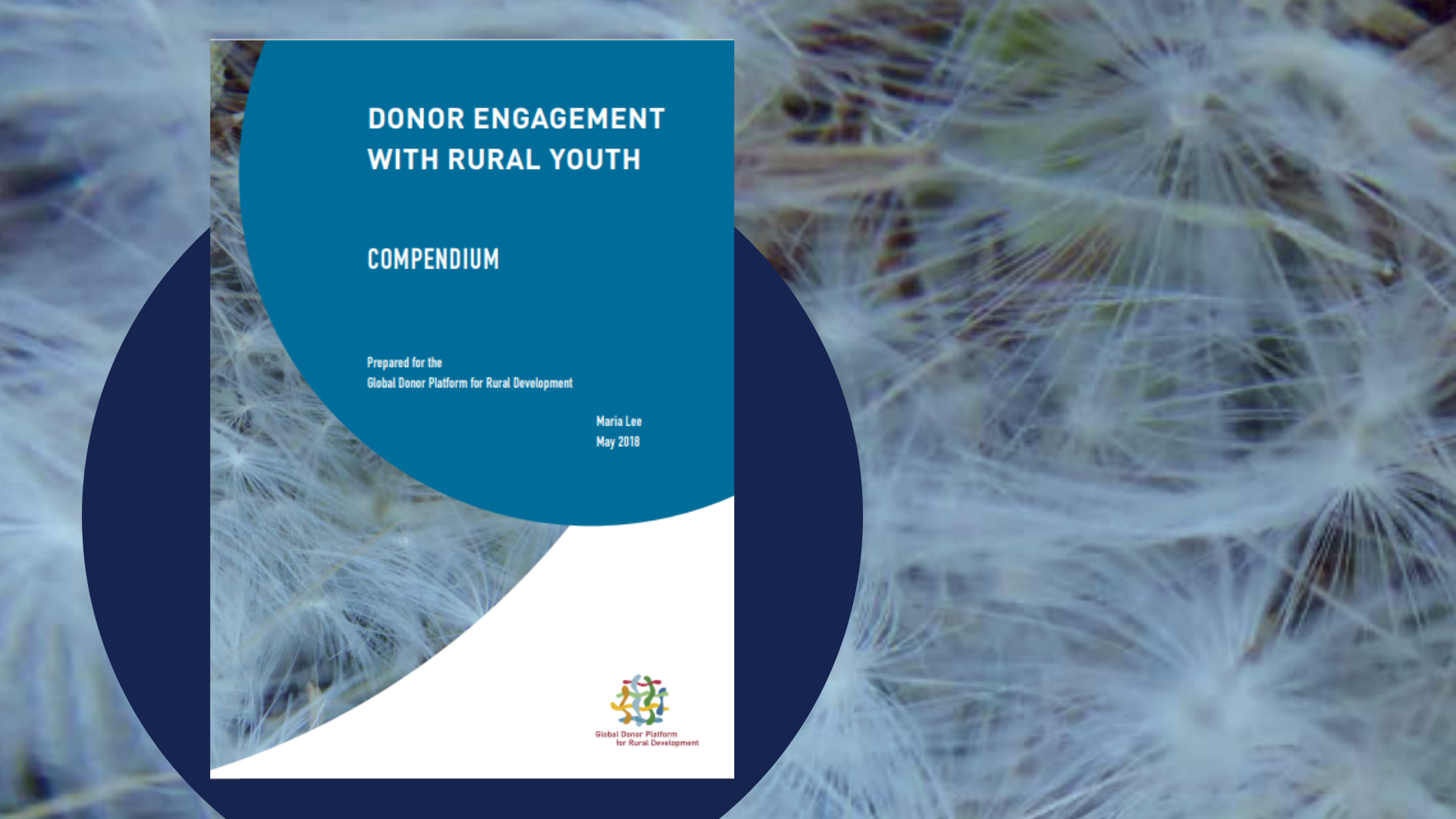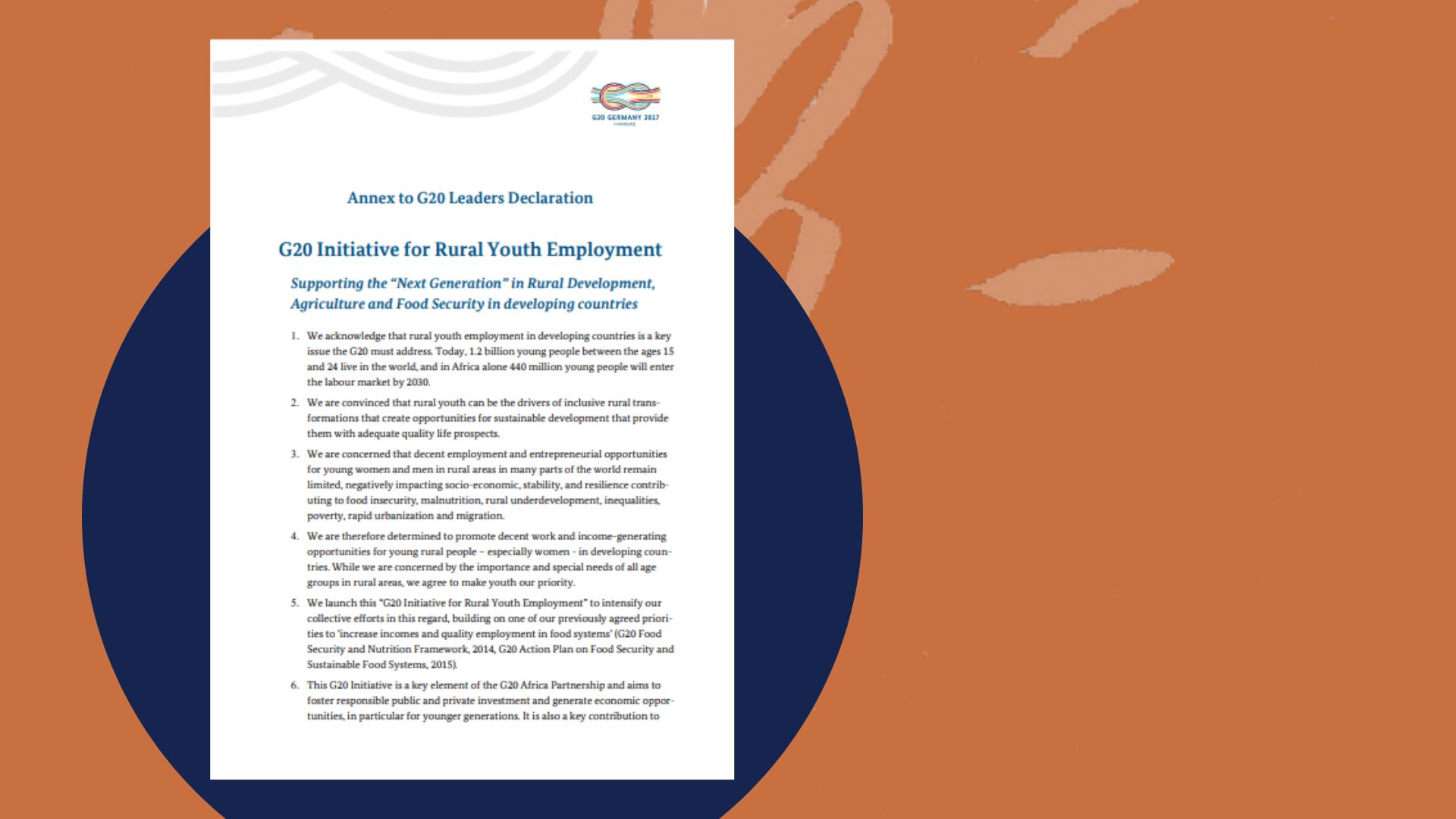What is blended finance, can it mitigate the risk of SDG-related investments, and how to use this tool strategically to increase the development impact? These questions were discussed in the knowledge-exchange and learning session, organised in Paris jointly by OECD Development Centre and investor network institution Convergence.
Links
Blended finance is the strategic use of development finance for the mobilisation of additional commercial finance towards the Sustainable Development Goals (SDGs) in developing countries.
Officials from DAC and partner countries, development finance practitioners and blended finance experts were invited to share their experience and exchange knowledge on the issues of blended finance and its role in development assistance. The secretariat of the Global Donor Platform for Rural Development participated in the event. The agenda of the learning session stretched over two days and included seven core modules ranging from context to practical case studies and third-party expertise.
The SDGs’ finance gap
The participants agreed that achieving the ambitious goals set by the Agenda 2030 and the Paris Agreement will require new forms of partnerships and increased investment. UNCTAD (2014) has estimated that, ‘in developing economies, the annual shortfall in domestic and international resources to meet the SDG targets stands at $ 2.5 trillion’. Although, the private investment in development in the developing countries is at its absolute peak, to close the SDGs investment gap in developing countries, additional financing from the private sector and other new actors is needed.
When investors are shy
Investing in public goods in developing countries may be grounded in smart and sustainable business models, however commercial investors usually base their decisions on the risk-return profiles of the investments in these countries. Imperfect local financial markets in developing countries and lack of information may make commercial investors shy away from providing financing. How to attract additional private capital in SDGs-related projects in developing countries, when commercial investors perceive the investment associated risk and uncertainty as too high?
Blended finance logic
Blended finance is considered one of the emerging solutions to help meeting this challenge. The blended finance approach is based on the idea that risk needs to be re-distributed. In blended finance arrangements, public finance, sometimes combined with philanthropic capital, take over an important part of the risk mitigation to allow private investors to step in later. This strategy helps improve the risk-return profile of investments in developing countries and provide more security for the private investors. As it was mentioned at the learning session, there is no common format to the blended finance transactions, as every arrangement is context-dependent. However, the OECD DAC members have a set of principles to guide blended finance arrangements, which were introduced to the learning session participants.
OECD DAC Blended Finance Principles for Unlocking Commercial Finance for the Sustainable Development Goals
- Principle 1: Anchor blended finance use to a development rationale
- Principle 2: Design blended finance to increase the mobilisation of commercial finance
- Principle 3: Tailor blended finance to local context
- Principle 4: Focus on effective partnering for blended finance
- Principle 5: Monitor blended finance for transparency and results
On the first day of the learning session participants focused on putting together, the full picture of the blended finance. The discussion included the ways to structure these transactions in order to attract more private capital for achieving the SDGs.
Blended finance. Broader context and practice
Day two of the learning session focused on the development impact of blended finance. The participants became familiar with the design and best practices of the blended finance, transactions and implementation models. Overall, it was confirmed once more during the session, that there is a broad international interest for the blended finance. For instance, bilateral donors and multilateral banks are looking into deploying investments that mix public finances and private investments.
Being an emerging tool, blended finance should be used with caution. Scaling up blended finance should be based on good understanding of its risks and the possible consequences for development co-operation providers. Mixing public and private finance is one way to attract more private investment in important public good dimensions in developing countries. There is clear need for more research and practice examples of the ways blended finance can contribute to the implementation of the ambitious goals set by the Agenda 2030 and the Paris Agreement.









